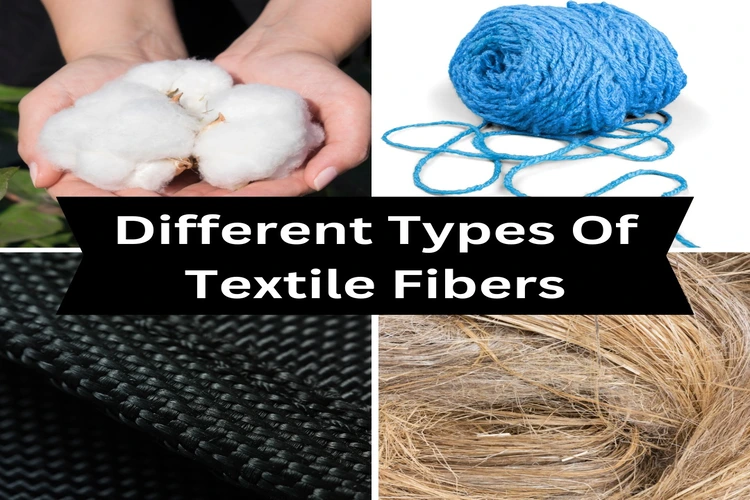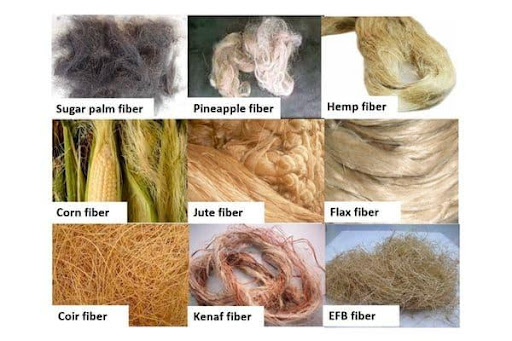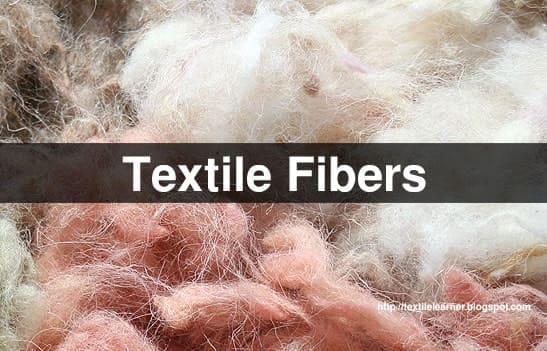Introduction to Textile Fibers
Textile fibers are the building blocks of the textile industry, essential for creating fabrics and clothing. They can be derived from various natural and synthetic sources. Understanding the types of textile fibers helps in selecting the right materials for different applications, ensuring the best quality and functionality. This article explores the different types of textile fibers, their characteristics, and how they influence the properties of end products.

Different Types of Textile Fibers.
Source: The Textile Journal
Classification of Textile Fibers
Textile fibers can be broadly classified into two main categories: natural fibers and synthetic fibers.
1. Natural Fibers
Natural fibers are derived from plants, animals, or mineral sources. They are biodegradable and often preferred for their eco-friendly properties.
Plant Fibers
Plant fibers, such as cotton, linen, and jute, are made from the cellulose present in plant cell walls. These fibers are known for their breathability, moisture absorption, and durability. For example, cotton is widely used in clothing due to its softness and comfort.
Animal Fibers
Animal fibers include wool, silk, and cashmere, derived from animal hair, fur, or secretions. Wool, sourced from sheep, is valued for its thermal insulation and moisture-wicking properties. Silk, produced by silkworms, is known for its lustrous appearance and smooth texture.

Example of Natural Textile Fiber.
Source: Textile Suppliers
2. Synthetic Fibers
Synthetic fibers are man-made fibers produced through chemical processes. They are often designed for specific properties and applications. Common synthetic fibers include polyester, nylon, and acrylic.
Polyester is one of the most widely used synthetic fibers, known for its strength, wrinkle resistance, and ease of care. Nylon is valued for its elasticity and toughness, making it suitable for products like hosiery and activewear.
Properties of Textile Fibers
The properties of textile fibers greatly affect the final fabric’s functionality and appearance. Some key properties include:
1. Strength
Textile fibers must be strong enough to withstand tension and wear during use. For instance, nylon and polyester exhibit high tensile strength.
2. Absorbency
The ability of fibers to absorb moisture affects comfort levels. Cotton fibers are highly absorbent, making them suitable for clothing and towels.
3. Thermal Properties
Different fibers have varying thermal properties, influencing how warm or cool a fabric feels. Wool fibers provide excellent insulation, while silk can help regulate body temperature.
Where do Textile Fibers Come From?
Textile fibers can be sourced from various places, predominantly from agricultural and industrial processes. For example, cotton is cultivated in warm climates, while polyester fibers originate from petrochemical products.

Colorful Textile Fibers.
Source: Venubi
Types of Textile Fibers
The diversity of textile fibers allows for a vast range of fabric characteristics. Commonly known fiber types include:
- Cotton: A natural fiber derived from cotton plants, prized for its softness and breathability.
- Wool: Animal fiber from sheep known for its warmth and moisture-wicking properties.
- Silk: Luxurious fiber harvested from silkworms, valued for its sheen and drape.
- Polyester: A synthetic fiber known for its durability and resistance to shrinking and stretching.
- Nylon: Strong synthetic fiber utilized in clothing and fabrics requiring strength and elasticity.

Types of Textile Fibers.
Source: Textile Value Chain
Conclusion
Understanding textile fibers is crucial for anyone involved in the textile and apparel industry. Whether choosing materials for sustainability, performance, or aesthetics, knowledge of fiber types and their properties can greatly enhance the quality of textiles produced. As technology advances, the textile industry continues to innovate, including the exploration of bio-based and recycled fibers that promote sustainability and circularity.